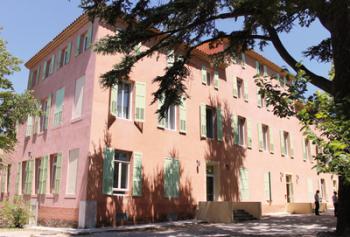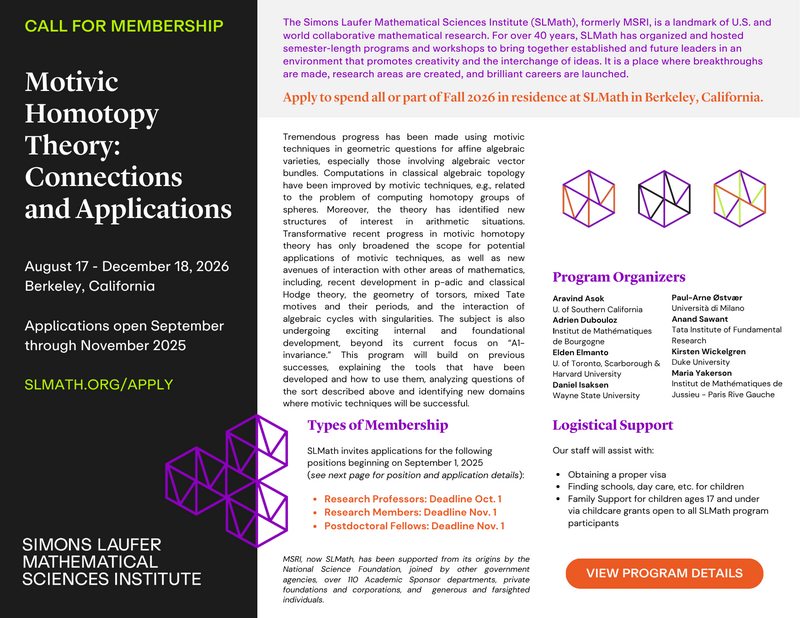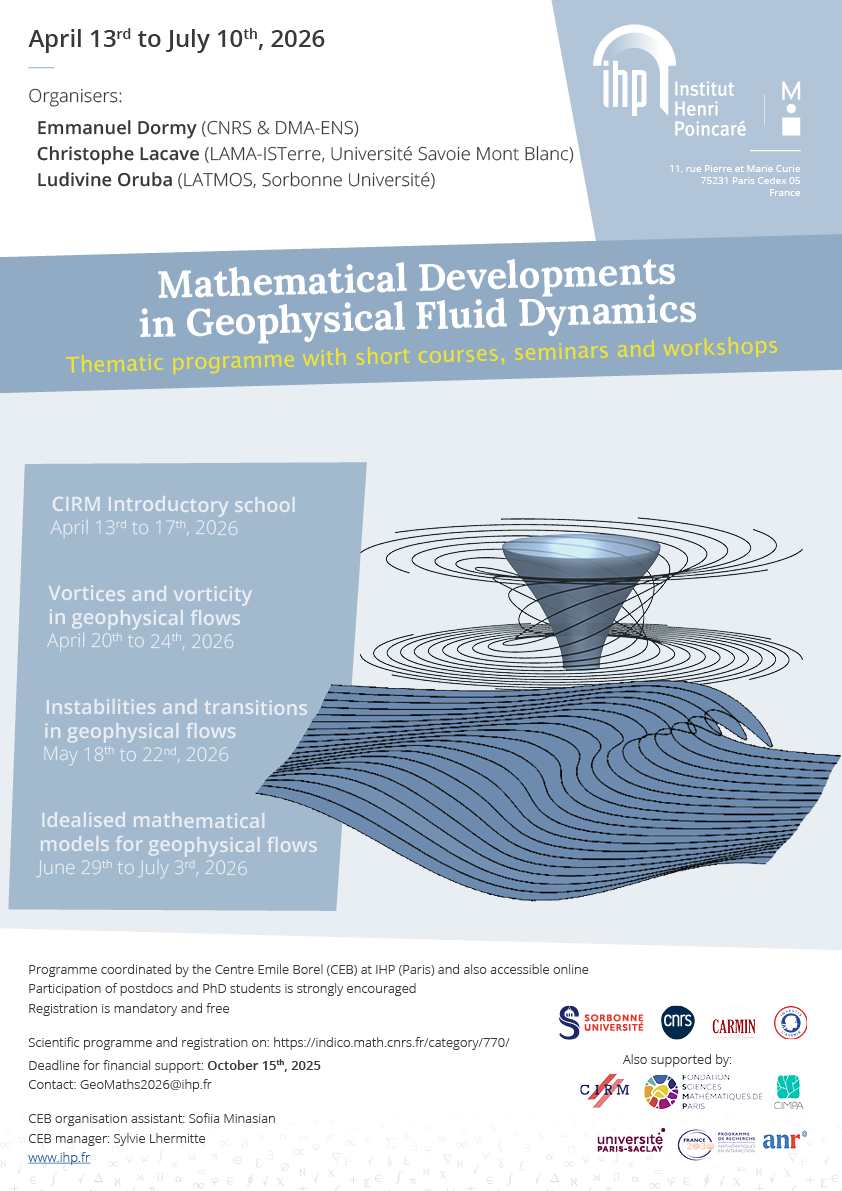Representation Theory Under the Influence of Quantum Field Theory
Date: 17 August - 18 December 2026
Location: Simons Laufer Mathematical Sciences Institute
Event type: Extended Format
Organisers: David Ben-Zvi (Texas, Austin), Tudor Dimofte (Edinburgh), Iva Halacheva (Northeastern), Joel Kamnitzer (Toronto), Pavel Safronov (Edinburgh), Peng Shan (Tsinghua)
Representation theory is the systematic exploitation of symmetry to break down complex problems into simpler constituents. Its fundamental role as a tool in quantum mechanics evolved into a profound symbiotic relationship with the development of geometric quantization (the “Orbit Method”). This paradigm views the representation theory of groups as an aspect of the study of the quantization of classical (symplectic) geometry with group symmetries.
This vision of representation theory under the influence of physics has progressed tremendously in the past two decades. Most dramatically, the role of quantum mechanics – i.e. one-dimensional quantum field theory – has been taken up by higher dimensional quantum field theories, which are proving to be indispensable for deciphering the questions at the heart of contemporary representation theory. More and more structures in quantum field theory (and specifically, supersymmetric gauge theory) have become rigorously defined and mathematically accessible, and the simplified setting of topological field theory has been understood as providing a sophisticated and flexible perspective on (higher) algebra. A gauge theory can be viewed as a highly organized machine which inputs low-dimensional manifolds and outputs representation-theoretic invariants. Thus, a duality between gauge theories encodes a large family of tightly interconnected statements.
The remarkable dualities, or “mirror symmetries”, discovered in physics provide a detailed blueprint for analyzing the corresponding representation theory, playing the role of Fourier theory and harmonic analysis. The celebrated mirror symmetry (of 2-dimensional quantum field theories) has revolutionized the study of algebraic and symplectic geometry. Its analog in three dimensions provides a profound new perspective on the theory of symplectic singularities, the “Lie algebras of the 21st century”, and the phenomenon of symplectic duality. Its four-dimensional form, electricmagnetic duality, is intimately linked with the Langlands program, one of the defining themes of modern representation theory and number theory. As one moves to higher dimensions, the underlying geometry becomes much more constrained, while the structures of quantum field theory grow far richer and the physics insights more powerful.
The upcoming SLMath program is organized around these key themes of “higher” quantization and mirror symmetry as they impact and elucidate a wide variety of questions in representation theory. The program will bring together experts and young researchers from algebra, geometry, physics and number theory to help develop and disseminate this unified vision of a rapidly evolving field, exploring the mathematical consequences of the examples, structures, and dualities discovered in physics.
Professor Roman Bezrukavnikov (MIT) has been appointed as a Clay Senior Scholar to participate in this program.
CMI Enhancement and Partnership Program
Illustration by Ron Gregoric
Related events
See all events
Knotted Surfaces in Four-Manifolds
Park City Mathematics Institute

p-adic Kudla Program and p-adic Automorphic Forms
CIRM

Motivic Homotopy Theory: Connections and Applications
Simons Laufer Mathematical Sciences Institute

Mathematical Developments in Geophysical Fluid Dynamics
Institut Henri Poincaré